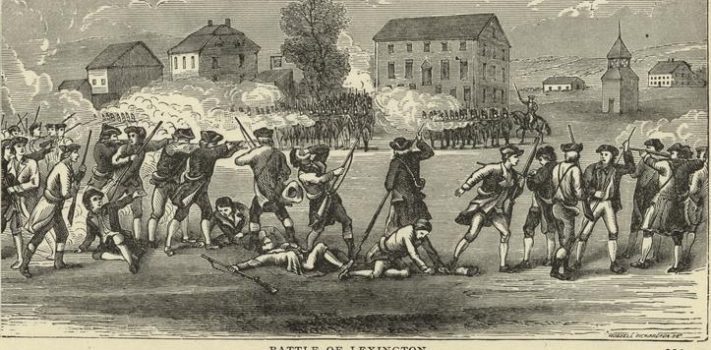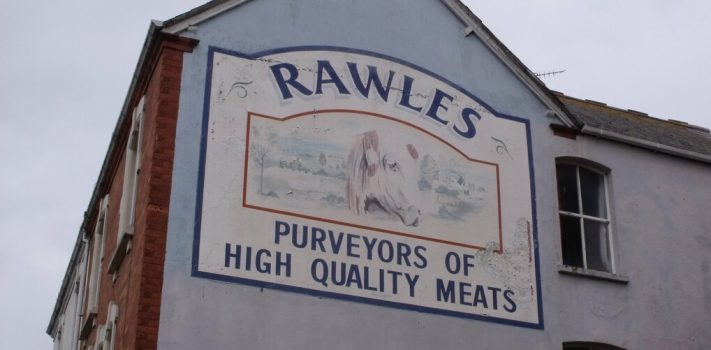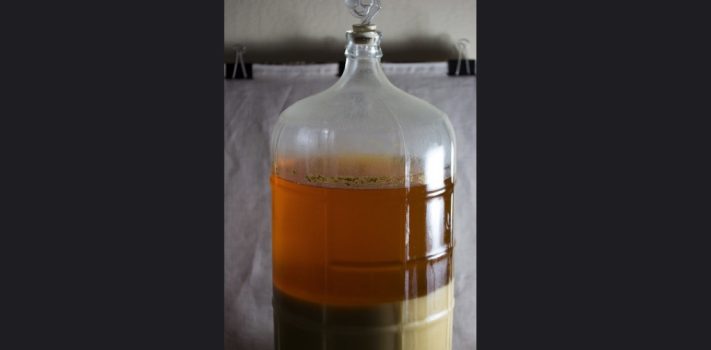Forced to abdicate as French emperor in 1814, Napoleon escaped from exile on the island of Elba on this day in 1815 and, gathering support en route, retook power on his return to Paris on March 20, ushering in the Hundred Days.
—
February 26, 1993: A truck bomb built by Islamic extremists explodes in the parking garage of the North Tower of New York’s World Trade Center, killing six people and injuring more than 1,000 others.
—
February 26th is also the birthday of Major-General Orde Charles Wingate (born, 1903, died 24 March 1944), an eccentric British Army officer who organized special military units in Palestine in the 1930s, and in Abyssinia, Sudan, and Burma during World War II. He is most famous for his creation of the Chindits, airborne deep-penetration troops trained to work behind enemy lines in the Far East campaigns against the Japanese during World War II.
—
We are seeking entries for Round 111 of the SurvivalBlog non-fiction writing contest. More than $875,000 worth of prizes have been awarded since we started running this contest. In 2023, we polled blog readers, asking for suggested article topics. Refer to that poll if you haven’t yet chosen an article topic. Round 111 ends on March 31st, so get busy writing and e-mail us your entry. Remember that there is a 1,500-word minimum, and that articles on practical “how-to” skills for survival have an advantage in the judging.
















